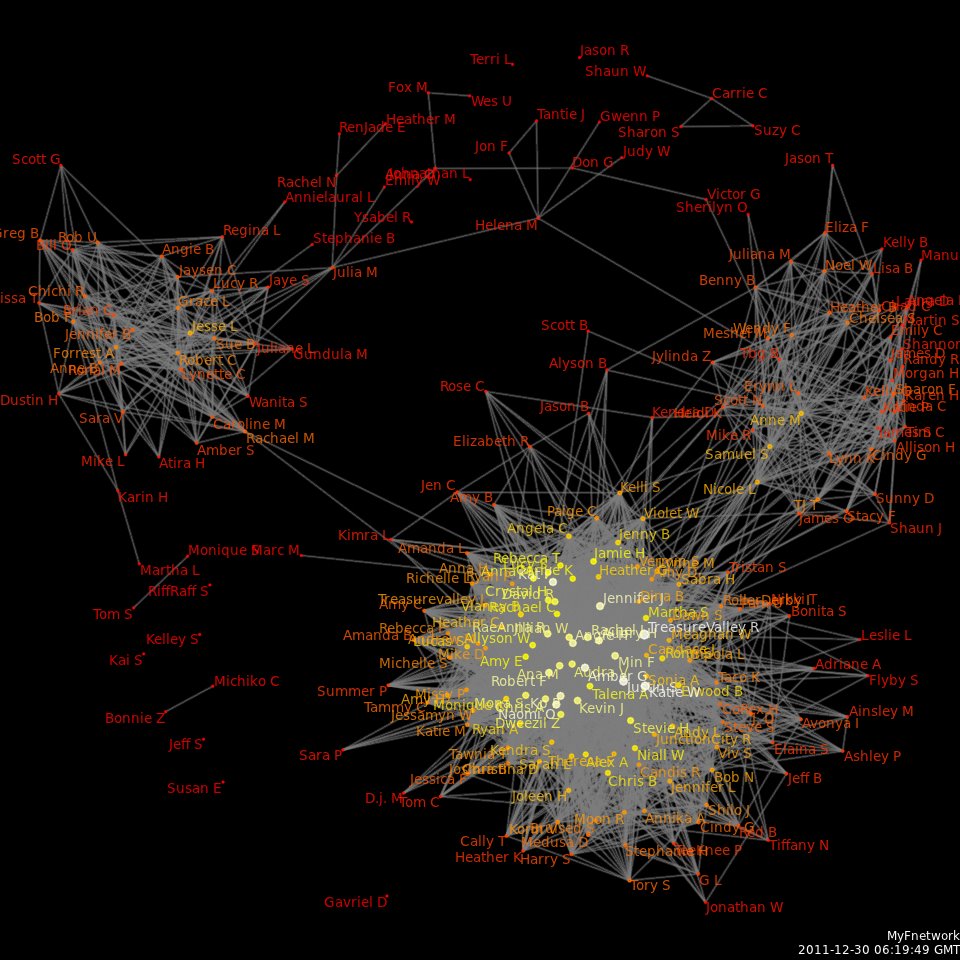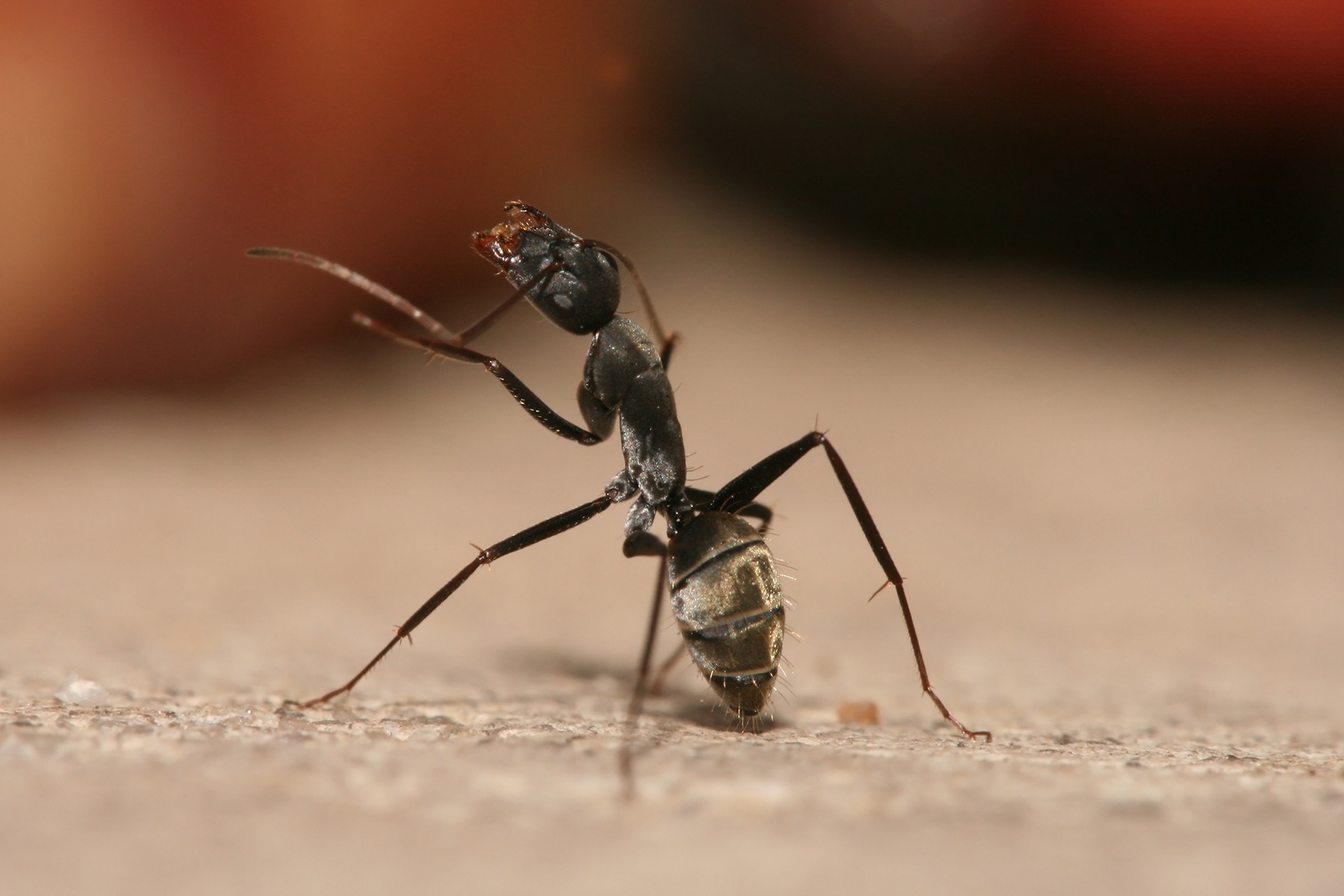|
Camponotus Fellah
''Camponotus fellah'' is a species of ant in the subfamily Formicinae found across the Middle East and North Africa. This species was formally described by Dalla Torre in 1893. A ''C. fellah'' queen holds the record for Israeli ant longevity, surviving for 26 years (1983-2009) in a laboratory environment. Basic biology ''Camponotus fellah'' is monogynous (i.e., colonies consist of a single queen), with polymorphic workers. Queens are singly inseminated meaning that all workers in a colony are full sisters. Colonies are generally found in dry and warm habitats including coastal dunes and deserts. Nestmate recognition Ant nest-mate recognition is mediated by low volatile cuticular hydrocarbons. Isolated workers are unable to frequently exchange hydrocarbons with nest-mates, and their hydrocarbon profiles diverge from that of the colony. After 20–40 days in isolation, the hydrocarbon profiles of workers diverges to such an extent that they are no longer accepted by the colon ... [...More Info...] [...Related Items...] OR: [Wikipedia] [Google] [Baidu] |
Formicinae
The Formicinae are a subfamily within the Formicidae containing ants of moderate evolutionary development. Formicines retain some primitive features, such as the presence of cocoons around pupae, the presence of ocelli in workers, and little tendency toward reduction of palp or antennal segmentation in most species, except subterranean groups. Extreme modification of mandibles is rare, except in the genera ''Myrmoteras'' and ''Polyergus''. However, some members show considerable evolutionary advancement in behaviors such as slave-making and symbiosis with root-feeding hemipterans. Finally, all formicines have very reduced stings and enlarged venom reservoirs, with the venom gland, specialized (uniquely among ants) for the production of formic acid. All members of the Formicinae "have a one-segmented petiole in the form of a vertical scale". Identification Formicine ants have a single node-like or scale-like petiole (postpetiole entirely lacking) and the apex of the abdom ... [...More Info...] [...Related Items...] OR: [Wikipedia] [Google] [Baidu] |
Monogyny
Monogyny is a specialised mating system in which a male can only mate with one female throughout his lifetime but the female may mate with more than one male. In this system the males generally provide no paternal care. In many spider species that are monogynous, the males have two copulatory organs, which allows them to mate a maximum of twice throughout their lifetime. As is commonly seen in honeybees, ants and certain spider species, a male may put all his energy into a single copulation, knowing that this will lower his overall fitness. During copulation monogynous males have adapted to cause self genital damage or even death to increase their chances of paternity. Definition and distinction Monogyny is one of several mating systems observed in nature, in which a male mates only once; females, however, may mate with multiple males. It is important to emphasize the distinctions between monogyny and polyandry, and monogyny and monogamy. Polyandry is a mating system by which a f ... [...More Info...] [...Related Items...] OR: [Wikipedia] [Google] [Baidu] |
Trophallaxis
Trophallaxis () is the transfer of food or other fluids among members of a community through mouth-to-mouth ( stomodeal) or anus-to-mouth ( proctodeal) feeding. Along with nutrients, trophallaxis can involve the transfer of molecules such as pheromones, organisms such as symbionts, and information to serve as a form of communication. Trophallaxis is used by some birds, gray wolves, vampire bats, and is most highly developed in social insects such as ants, wasps, bees, and termites. Etymology Tropho- (prefix or suffix) is derived from the Greek trophé, meaning 'nourishment'. The Greek 'allaxis' means 'exchange'. The word was introduced by the entomologist William Morton Wheeler in 1918. Evolutionary significance Trophallaxis was used in the past to support theories on the origin of sociality in insects. The Swiss psychologist and entomologist Auguste Forel also believed that food sharing was key to ant society and he used an illustration of it as the frontispiece for his boo ... [...More Info...] [...Related Items...] OR: [Wikipedia] [Google] [Baidu] |
Octopamine
Octopamine (molecular formula C8H11NO2; also known as OA, and also norsynephrine, ''para''-octopamine and others) is an organic chemical closely related to norepinephrine, and synthesized biologically by a homologous pathway. Octopamine is often considered the major "fight-or-flight" neurohormone of invertebrates. Its name is derived from the fact that it was first identified in the salivary glands of the octopus. In many types of invertebrates octopamine is an important neurotransmitter and hormone. In protostomes — arthropods, molluscs, and several types of worms — it substitutes for norephinephrine and performs functions apparently similar to those of norepinephrine in mammals, functions that have been described as mobilizing the body and nervous system for action. In mammals octopamine is found only in trace amounts, and no biological function has been solidly established for it. It is also found naturally in numerous plants, including bitter orange. Octopamine has bee ... [...More Info...] [...Related Items...] OR: [Wikipedia] [Google] [Baidu] |
Social Network Analysis
Social network analysis (SNA) is the process of investigating social structures through the use of networks and graph theory. It characterizes networked structures in terms of ''nodes'' (individual actors, people, or things within the network) and the ''ties'', ''edges'', or ''links'' (relationships or interactions) that connect them. Examples of social structures commonly visualized through social network analysis include social media networks, memes spread, information circulation, friendship and acquaintance networks, business networks, knowledge networks, difficult working relationships, social networks, collaboration graphs, kinship, disease transmission, and sexual relationships. These networks are often visualized through ''sociograms'' in which nodes are represented as points and ties are represented as lines. These visualizations provide a means of qualitatively assessing networks by varying the visual representation of their nodes and edges to reflect attributes of in ... [...More Info...] [...Related Items...] OR: [Wikipedia] [Google] [Baidu] |
Carpenter Ant
Carpenter ants (''Camponotus'' spp.) are large () ants indigenous to many forested parts of the world. They build nests inside wood consisting of galleries chewed out with their mandibles or jaws, preferably in dead, damp wood. However, unlike termites, they do not consume wood, discarding a material that resembles sawdust outside their nest. Sometimes, carpenter ants hollow out sections of trees. They also commonly infest wooden buildings and structures, and are a widespread problem and major cause of structural damage. Nevertheless, their ability to excavate wood helps in forest decomposition. The genus includes over 1,000 species. They also farm aphids. In their farming, the ants protect the aphids from predators (usually other insects) while they excrete a sugary fluid called honeydew, which the ants get by stroking the aphids with their antennae. Description ''Camponotus'' are generally large ants, with workers being 4-7 mm long in small species or 7-13 mm in large spe ... [...More Info...] [...Related Items...] OR: [Wikipedia] [Google] [Baidu] |
Blochmannia
''Blochmannia'' is a genus of symbiotic bacteria found in carpenter ant. There are over 1000 species of these ants and, as of 2014, of the over 30 species of carpenter ant that have been investigated, all contain some form of ''Blochmannia''. The bacteria filled cells currently known as members of the genus ''Blochmannia'' were first discovered by zoologist F. Blochmann in the ovaries and midguts of insects in the 1880s. In 2000 ''Candidatus Blochmannia'' was proposed as its own genus. Endosymbiosis, or when the ''Blochmannia'' bacteria and the ant hosts became bonded, occurred around 30–40 million years ago. In comparing two species of ''Blochmannia'' that diverged evolutionarily around 15-20 million years ago, the extreme similarity between their genes means ''Blochmannia'' bacteria have high levels of genetic conservation. The high amounts of genetic conservation suggest that the ''Blochmannia'' genes lack some recombination mechanisms. ''Blochmannia'' bacteria ... [...More Info...] [...Related Items...] OR: [Wikipedia] [Google] [Baidu] |
Camponotini
Camponotini is a tribe containing 2 extinct ant genera and 8 extant ant genera, including '' Camponotus'' (carpenter ants). Genera * ''Calomyrmex'' Emery, 1895 * '' Camponotus'' Mayr, 1861 * †''Chimaeromyrma'' Dlussky, 1988 * ''Colobopsis'' Mayr, 1861 * ''Dinomyrmex'' Ashmead, 1905 * ''Echinopla'' Smith, 1857 * ''Opisthopsis'' Dalla Torre, 1893 * '' Overbeckia'' Viehmeyer, 1916 * ''Polyrhachis ''Polyrhachis'' is a genus of formicine ants found in the Old World with over 600 species. The genus is yet to be comprehensively resolved and contains many varied species including nest-weavers (e.g. ''Polyrhachis dives''), swimming workers ( ...'' Smith, 1857 * †'' Pseudocamponotus'' Carpenter, 1930 References Formicinae Ant tribes {{formicinae-stub ... [...More Info...] [...Related Items...] OR: [Wikipedia] [Google] [Baidu] |
Carpenter Ants
Carpenter ants (''Camponotus'' spp.) are large () ants Indigenous (ecology), indigenous to many forested parts of the world. They build nests inside wood consisting of galleries chewed out with their mandibles or jaws, preferably in dead, damp wood. However, unlike termites, they do not consume wood, discarding a material that resembles sawdust outside their nest. Sometimes, carpenter ants hollow out sections of trees. They also commonly infest wooden buildings and structures, and are a widespread problem and major cause of structural damage. Nevertheless, their ability to excavate wood helps in forest decomposition. The genus includes over 1,000 species. They also farm aphids. In their farming, the ants protect the aphids from predators (usually other insects) while they excrete a sugary fluid called honeydew, which the ants get by stroking the aphids with their antennae. Description ''Camponotus'' are generally large ants, with workers being 4-7 mm long in small species o ... [...More Info...] [...Related Items...] OR: [Wikipedia] [Google] [Baidu] |






